REVIEW – We can confidently say that Diablo IV is no longer the game it was when it launched. The developers have put in serious work to address the initial concerns of an unhappy community, regaining player trust and ultimately delivering a much richer and more enjoyable experience.
The long-awaited Vessel of Hatred expansion builds on these changes, introducing an entirely new class, a fresh campaign, additional mechanics, and a host of long-anticipated “quality of life” (QoL) updates aimed at improving player interaction. Let’s dive into what this expansion brings to the table, which is sure to be a hot topic of discussion – for better or worse. But first, let’s take a look back at Diablo IV‘s evolution to understand where Vessel of Hatred fits into the picture.
A Rough Journey
To meet player expectations, Diablo IV has undergone some radical changes. The initial “Return to Darkness” slogan, which was the central theme of the marketing campaign, has gradually faded, making way for a more arcade-like gameplay style reminiscent of its predecessor. The previously slower and more somber atmosphere has shifted in favor of fast-paced action, with increasingly dense enemy encounters in dungeons and Hell Tides, exemplifying the new direction.
Character leveling, once a slow grind similar to Diablo II in the early patches, has significantly sped up to fit the seasonal system. Now, players can grind a character to max level within just a day or two of intense gameplay. The loot system has seen some major changes as well – to the point where one season was even dubbed “Loot Reborn.” Mythic items, boss farming for unique loot, and a revamped crafting system have all contributed to improving the gameplay loop. Several QoL changes, such as new indicators to avoid the headache of scanning through endless stats, have also been added.
Players made it clear from the start what they wanted: they rejected the slower-paced seasonal content and enthusiastically embraced the mass slaughter of demons and other hellish creatures. Blizzard adapted perfectly to this community philosophy, gradually winning back trust and pulling Diablo IV from the brink.
Echoes of Diablo II
There’s no denying that Diablo II has left an indelible mark on the hearts of fans, with many still considering it the best installment of the series. While the new region in Vessel of Hatred is partially fresh, it heavily draws from the traditions of the second game, and long-time fans will immediately feel at home. The entire area takes inspiration from Diablo II’s tough third act, complete with lush jungles and architecture that evokes Mayan influences.
Throughout the campaign, players will have the chance to revisit several iconic locations from the second game, such as the legendary Travincal, the Flayer Jungle, and of course, Kurast. That said, much has changed over the years. Kurast Bazaar now serves as our main hub, hosting a multitude of NPCs, new endgame activities, and side quests. However, the departure from the original dark, oppressive atmosphere left us a bit disappointed – much of the game’s former gloom and isolation has been lost. Most quests now take place in broad daylight, and areas once inhabited solely by monsters, demons, and giant bugs are now bustling with merchants and NPCs.
This was clearly a deliberate design choice, and while it may appeal to newer players, veteran fans may find it harder to appreciate. Despite this tonal shift, longtime players will be pleased to encounter some old favorites who have been absent from the franchise for years.
On the narrative side, we didn’t notice any major standout moments or pacing issues. The nearly ten-hour campaign flows relatively smoothly, though we expected a heavier atmosphere and some horrific undertones befitting the “Return to Darkness” promise. Neyrelle, a key character from the main storyline, decides to take on Mephisto, one of the Prime Evils, by herself, carrying with her the stone in which he’s imprisoned. But who is the true prisoner, and who is the jailer? The opening cutscene sets the tone for the story, making it clear that nothing will be as simple as it seems for our young protagonist.
What left us the most dissatisfied, however, was the way the final stages of the story were handled. While cliffhangers can be a great narrative device when used with finesse, here the story is abruptly cut off, leaving the expansion’s narrative arc without a true conclusion. We’re sure we’ll get more answers in the upcoming patches, but given that this is an expansion pack, we expected at least a self-contained story, even if it wasn’t fully resolved. To give you an idea, we spent hours completing some endgame tutorials before realizing we had actually finished the main quest.
The New Class: The Spiritborn
Among the new features, one of the biggest highlights is undoubtedly the new class, the Spiritborn, a spear-wielding melee fighter who draws on spiritual bonds with animal spirits. It’s an inspired class that fits seamlessly into the expansion’s nature-focused, spiritual theme. This bizarre, dynamic hybrid of Diablo III‘s Monk and Witch Doctor fundamentally changes gameplay depending on the chosen build.
We can confidently say that the Spiritborn stands out as a new high point in the series, both in terms of animation quality and the variety of strategies it offers. The “spiritual guides” you can use to customize your build include the hawk, jaguar, gorilla, and centipede. Each spirit offers unique attacks and radically different playstyles. The centipede, for instance, enhances poison-based attacks and damage-over-time effects, allowing you to summon insect swarms and toxic clouds that will quickly melt enemy hordes. On the other hand, the gorilla builds focus on a stat that has been largely ignored in Diablo IV so far: thorns. You can create indestructible tanks that reflect enemy attacks, leaving you to worry only about defense. The hawk and jaguar represent more traditional builds, focusing on ranged attacks and speed. Players can combine two of these spiritual beasts, choosing a primary and a secondary guide.
Even within the same build, there’s plenty of variety in gameplay depending on which spirits you select, and it will be exciting to see which strategies the community embraces at launch. The Spiritborn’s attacks, magic, and spear handling are incredibly fluid, leaving us impressed, and we hope the other heroes in the roster will soon reach the same level of sophistication and versatility.
Gameplay Enhancements
While the single-player campaign left us a bit underwhelmed, the endless gameplay additions in this expansion more than make up for it. With Vessel of Hatred, the dev team set out to enhance several areas of the game, and we can group them into three major categories: new mechanics, character progression, and endgame activities.
In terms of mechanics, the biggest additions are the mercenary system and the introduction of runes, yet another nod to the beloved second game in the series. Let’s start with the mercenaries and runes. Mercenaries are NPCs who can be recruited during quests as you progress through the campaign. Each mercenary has its own skill tree and progression system, rewarding players with legendary item chests or new trading options in the mercenary hub. In the “den,” players can use a currency obtained exclusively through raids with these companions, called “Pale Marks.” These obols can be used to buy items from a special shop, where you can choose a legendary item from a randomly generated selection.
The mercenaries themselves don’t have a significant impact on the game’s economy, and the game would stand perfectly well without them. Their primary advantage is offering passive stat boosts like resistances or critical hit chances, while their active abilities so far have seemed underwhelming in terms of damage output. Instead, these active skills are more useful for defense or crowd control, like barriers, shields, or chains that pull enemies into one area for easier takedowns.
The other major innovation is the introduction of runes. These can be slotted into items much like gems, adding a whole new layer of customization. Runes allow players to use skills from other classes or gain buffs such as reduced ultimate cooldowns. To simplify the system, think of runes as having a prefix and a suffix: the prefix determines the activation condition, while the suffix triggers the desired effect in-game. You’re free to choose which skill you want to activate and which mechanic to use (for example, using a potion, dodging, or going a certain number of seconds without taking damage). Unlike Diablo II, runes don’t modify items directly but instead add another layer of customization without disrupting the existing mechanics, avoiding the overlap of runic, legendary, and mythic items.
Smoother Progression
The second area affected by the radical changes is the progression system. It’s not just about leveling in the traditional sense; crafting and endgame activities have been significantly reworked as well. After spending hours in Sanctuary’s dungeons, we can confidently say that the system now works much more efficiently. First, the “world levels” are gone, replaced by new difficulty levels that allow for a more organic progression.
Normal, Hard, and Expert difficulties are now joined by the new “Penitent” challenge and four Torment levels, which progressively reduce your resistances and armor in exchange for greater loot and experience points. These new difficulty levels are unlocked by progressing through the Artificer’s Pit, which also serves as the place to upgrade Glyphs, much like the Diablo III Greater Rifts. Significant work was done to streamline gear upgrades and avoid redundancy, resulting in a much smoother gameplay experience. As part of this, Sacred items have been phased out, and gear now comes in only two tiers. Normal items can reach level 750, while Ancestral gear caps at 800 and offers superior stats. Upgrading gear has also become much simpler: since Glyphs can now be upgraded in the Pit, Nightmare Expeditions have become an excellent source of Obducite, which is used to enhance all your gear.
Crafting has also been streamlined, with Obducite now the only material required, eliminating the need to fuss with tedious material conversions like in the base game. The gameplay loop this creates is incredibly satisfying: after each Nightmare Expedition, players will rush to the blacksmith to upgrade their gear, then attempt to conquer the Artificer’s Pit to unlock a new Torment level and claim higher rewards.
The dungeons fit together seamlessly, like a well-orchestrated symphony, and fans will find themselves playing for hours without realizing it. Bosses scale with Torment levels and will always require the same amount of summoning materials, but these now drop generously across most activities. This provides an easier way for players to acquire “lesser” versions of unique items crucial to their builds, enabling them to activate their character’s hidden potential more quickly.
The only critical downside to this new progression system is its extreme efficiency. With these changes, it’s now relatively easy for players to gather the necessary materials to perfect their build and max out their gear, perhaps shortening the leveling process too much. Adding to this, Paragon levels are now shared across all characters on a single account (another major new feature of this expansion), making it possible to quickly build a small army of high-level characters across multiple classes in just a few hours. However, for some players, this streamlined progression could be just the incentive they need to dive back into Sanctuary.
New Endgame Content
In addition to reworking existing endgame content, Vessel of Hatred introduces several new ways to power up your digital avatar. Kurast’s underground city (also accessible during the campaign) consists of a series of dungeons where players race against the clock. Your goal is to explore all levels of the dungeon and reach the boss, but you’ll have very little time to do so. Side objectives involve collecting enough “Favor” to make the boss’s rewards at the end of the dungeon more enticing.
This means you’ll need to carefully manage your time, deciding whether to focus on enemies that extend your timer or on lighting campfires that boost your Favor. This endgame content aligns perfectly with Vessel of Hatred’s “new” philosophy: the relentless, frenzied, and adrenaline-fueled slaughter of demon hordes. On the other hand, dark citadel raids, similar to MMORPG-style raids, require players to team up with others to explore dark labyrinths and earn massive rewards. However, the decision to introduce exclusive multiplayer content and a weekly reward system didn’t thrill us, as both feel foreign to the core Diablo experience.
That said, we’ll see how the community responds and whether they embrace the action RPG’s new social elements crafted by Blizzard. The long-awaited “party finder” – which, as the name suggests, helps players find groups for any activity without relying on clunky external methods – is another welcome addition. Although we didn’t have the opportunity to fully test this new feature due to low player numbers in the pre-release servers, we’re confident it will win over the player base.
The PC Version Breakdown
Vessel of Hatred continues the trend we’ve seen in Diablo IV’s recent seasons: increased mob density, a streamlined leveling system, and the introduction of an incredibly fun new class. Fans of the darker, oppressive tone of the early chapters may be disappointed, but those who crave the ruthless slaughter of demon hordes will find a well-thought-out, organic progression system, new mechanics, and expanded endgame content to keep them busy for hours. While the campaign’s length and its conclusion didn’t entirely win us over, the upcoming patches leave room to steer the game in the right direction.
-Gergely Herpai “BadSector”-
Pros:
+ An exciting new caste in the form of the Spiritborn
+ Renewed, smoother development system
+ Improved endgame content
Cons:
– Closing the campaign is not satisfactory
– The disappearance of the dark atmosphere may disappoint many
– The fast development process makes character development too easy
Publisher: Blizzard Entertainment
Developer: Blizzard Entertainment
Style: Action RPG
Release: October 10, 2024.
Diablo IV: Vessel of Hatred
Gameplay - 8.7
Graphics - 8.4
Story - 7.6
Music/Audio - 7.9
Ambience - 8.1
8.1
EXCELLENT
Diablo IV: Vessel of Hatred introduces an exciting new class and expanded endgame content, but may disappoint those who prefer the dark, oppressive atmosphere of the earlier chapters. The campaign’s length and conclusion leave something to be desired, but the gameplay remains highly enjoyable. The new mechanics and systems give the game a fresh feel, though the community might be divided on the direction of these changes.


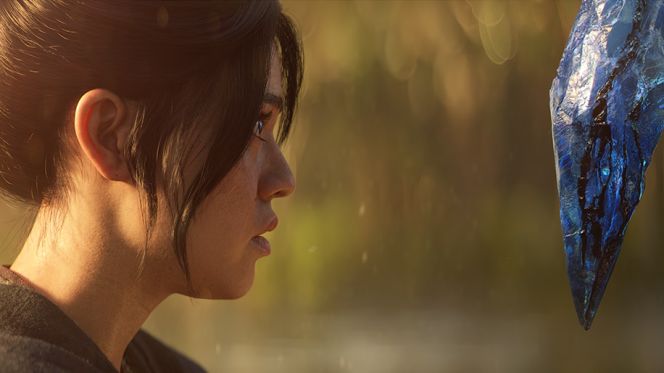
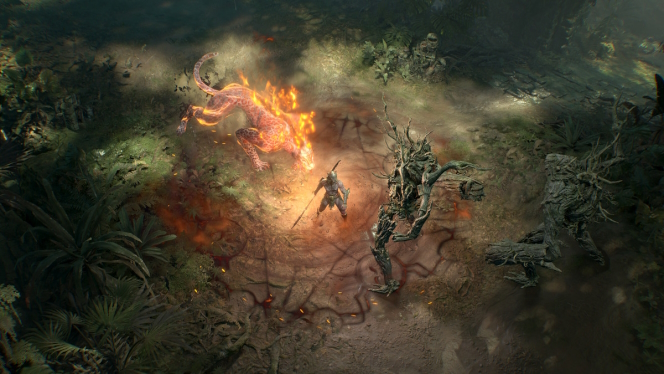
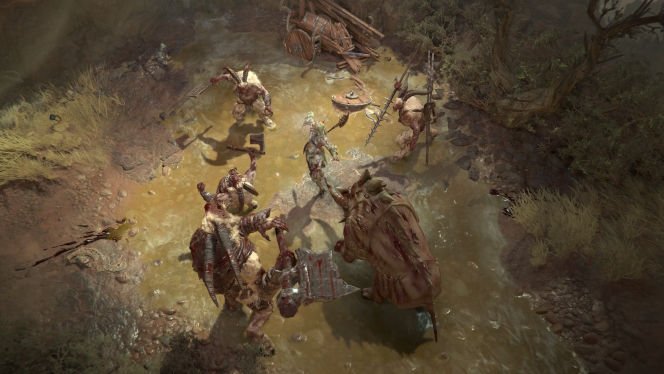
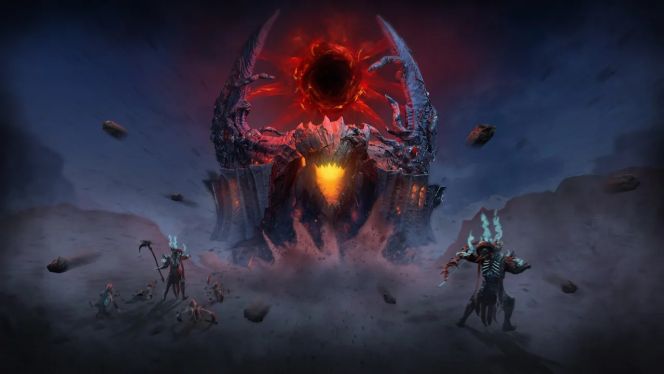
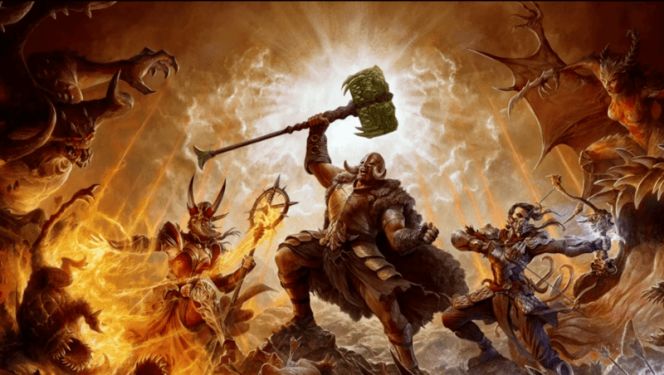
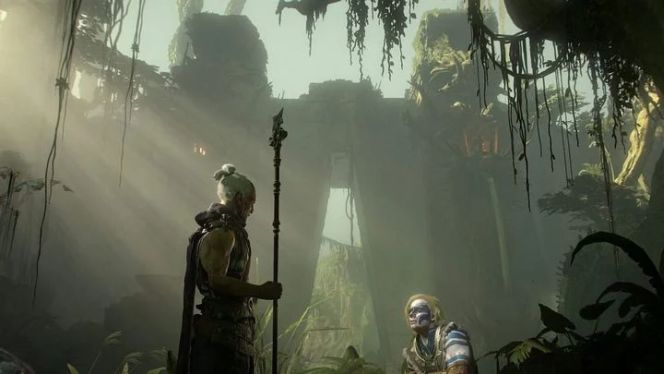





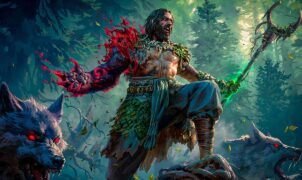



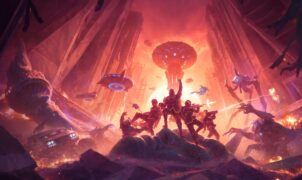

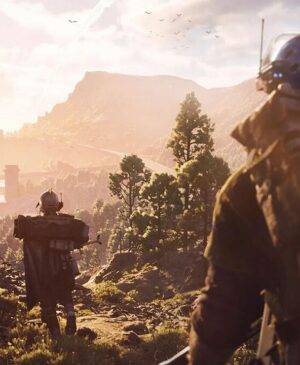


Leave a Reply